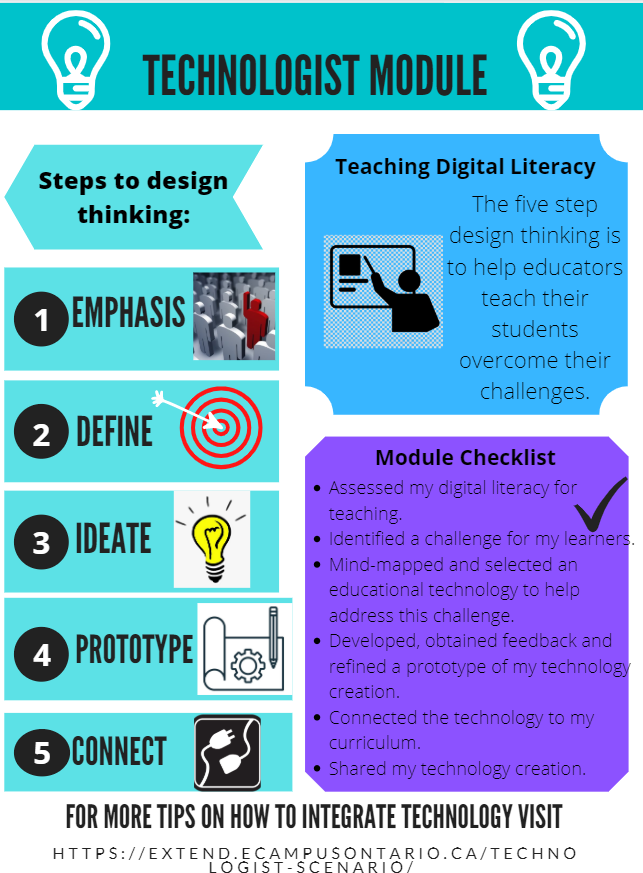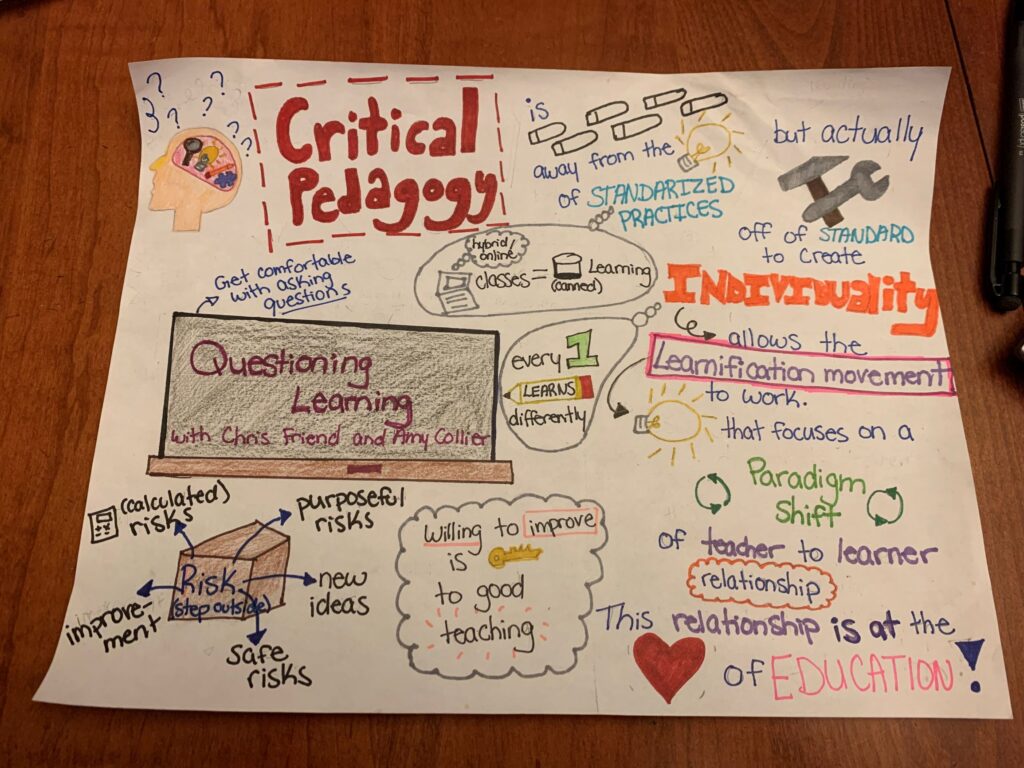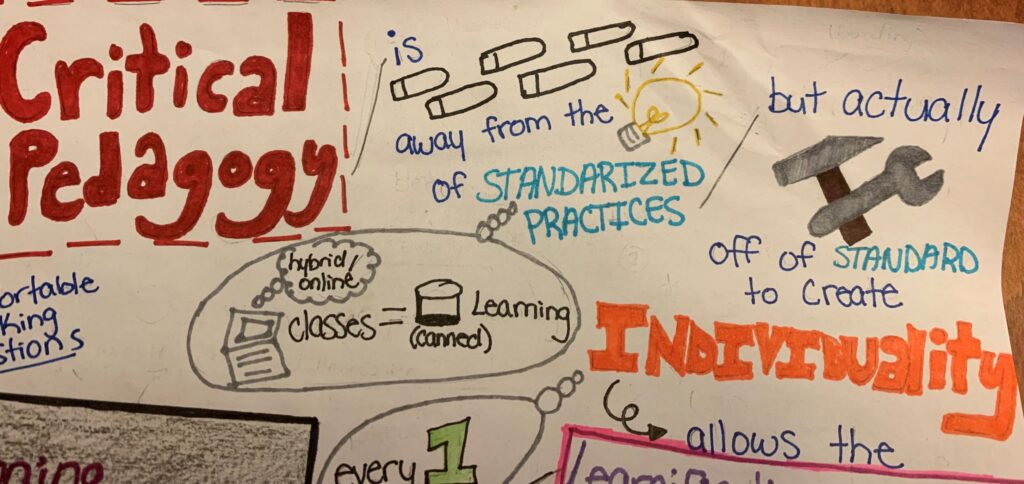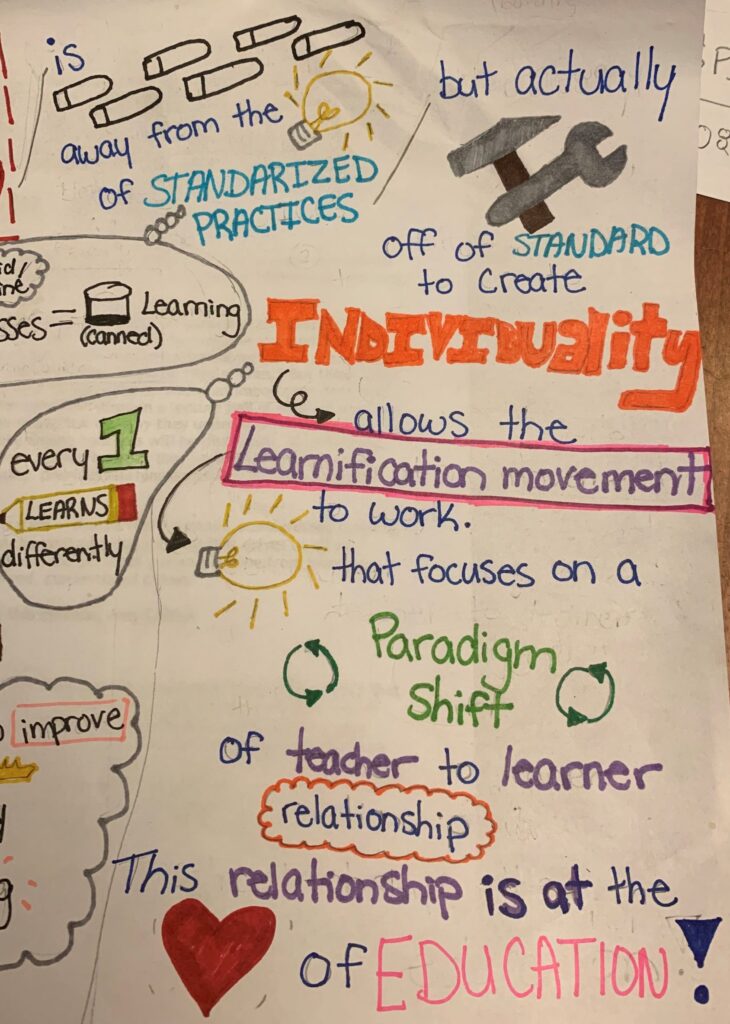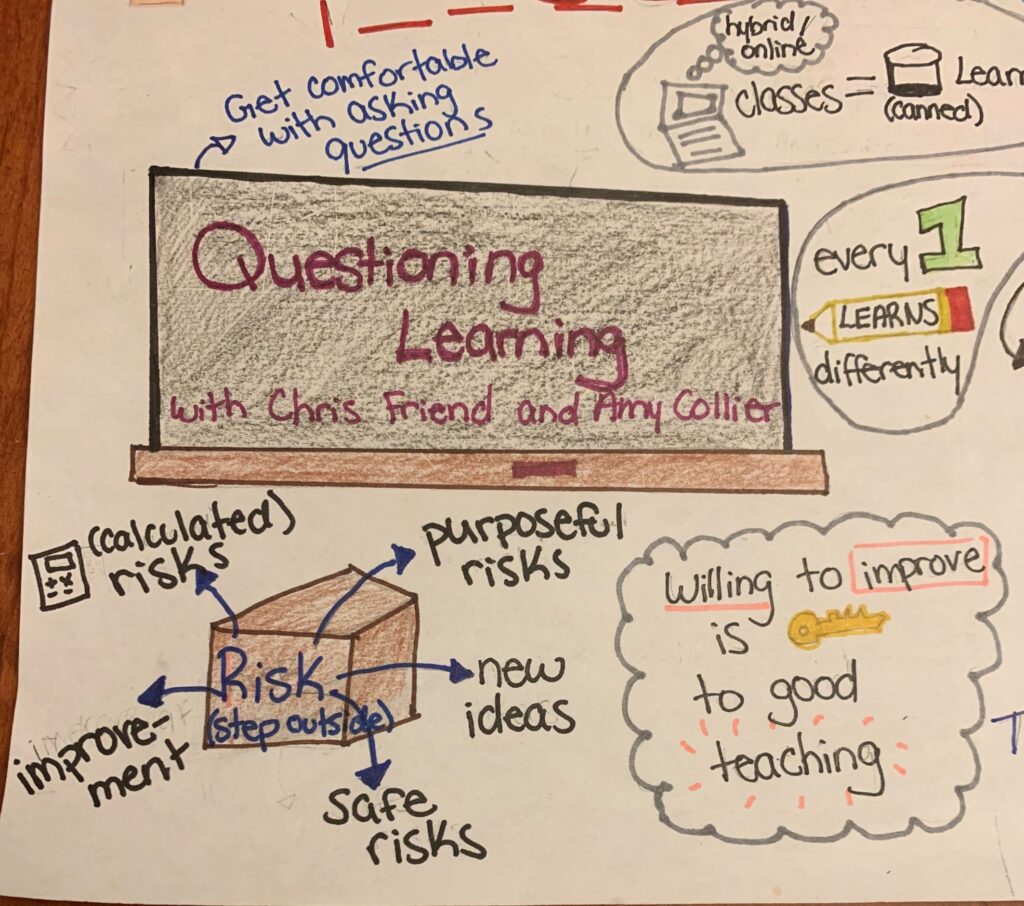For my second multimedia reflection, I decided to do an infographic on The Technologist Module using Canva. I enjoyed making the infographic as a first time Canva user, because this website was very user friendly and easy to navigate. Although, I did prefer making the sketch note for my first multimedia reflection, since I could more freely express my creative side. I found with Canva I was still able to add creative elements, but I would much rather draw than work online.
The technologist Module is a great resource created by the Ontario government for educators to enlarge their knowledge on digital literacy and design thinking to better assist their students in this technology filled world we live in.
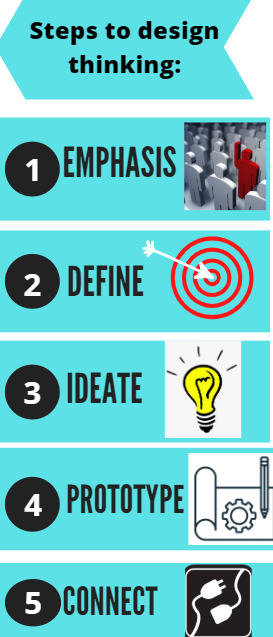
Design Thinking is broken up into 5 easy steps to help learners with any challenges they face with technology. The first step is putting emphasis on understanding the learners needs to be able to assist them properly. The second step is define, which is for identify the problems or challenges the learner is having based on the needs you just discovered. The third step is ideate, which is for brainstorming solutions to your learners problem or challenge. This can be done by asking yourself questions such as “How might I?”. The Fourth step is prototype, which is where you would try out your solution to fixing the problem or challenge according to the learners needs and addressing feedback. Lastly the fifth step is connect, meaning connect your integrated technology to the curriculum content.
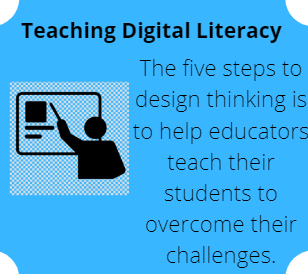
This design thinking strategy plan should be used in all classrooms to improve the digital literacy of educators as well as students. By incorporating this into classrooms, it will get learners more familiar with digital literacy and higher their level on the SAMR scale.
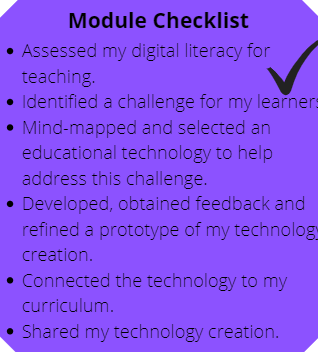
After following the five step plan for design thinking, here is a checklist to see if you as an educators are using the technologist module approach accordingly. If you can not check everything off this list, those are areas to improve on and put into your feedback.
Overall, I found the technologist module approach very educational and I look forward to integrating more technology during my second practicum.
